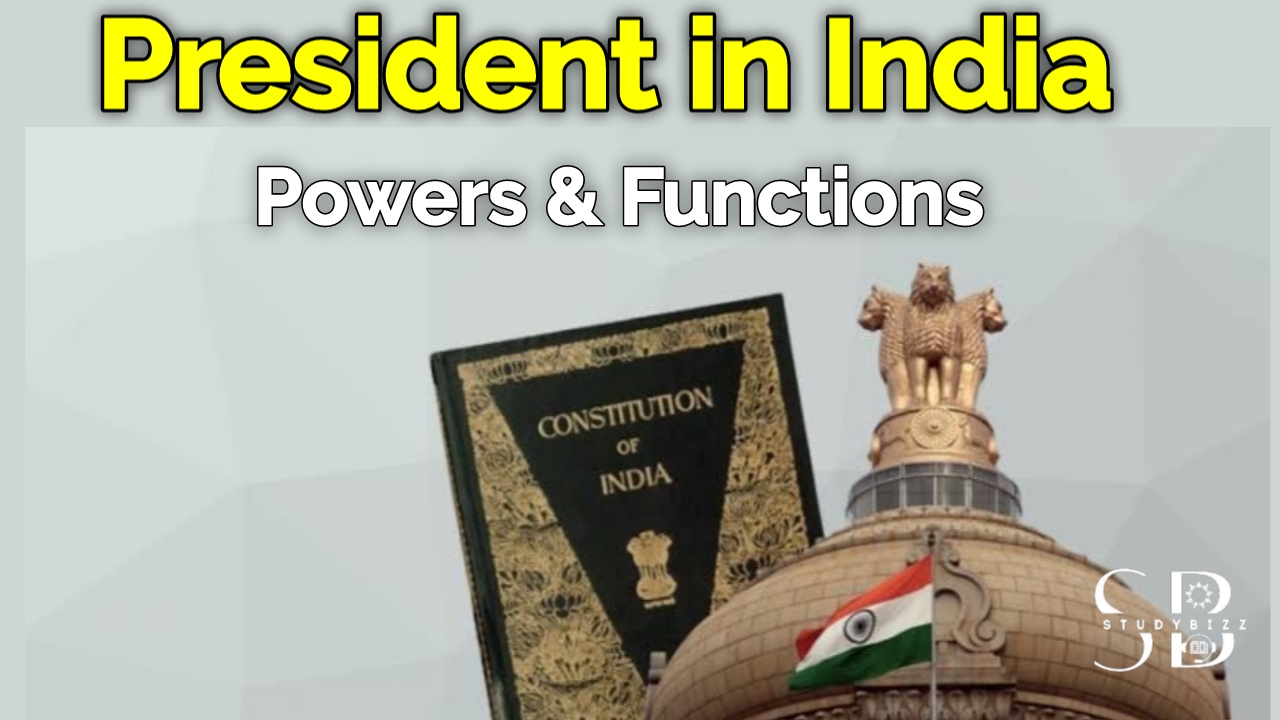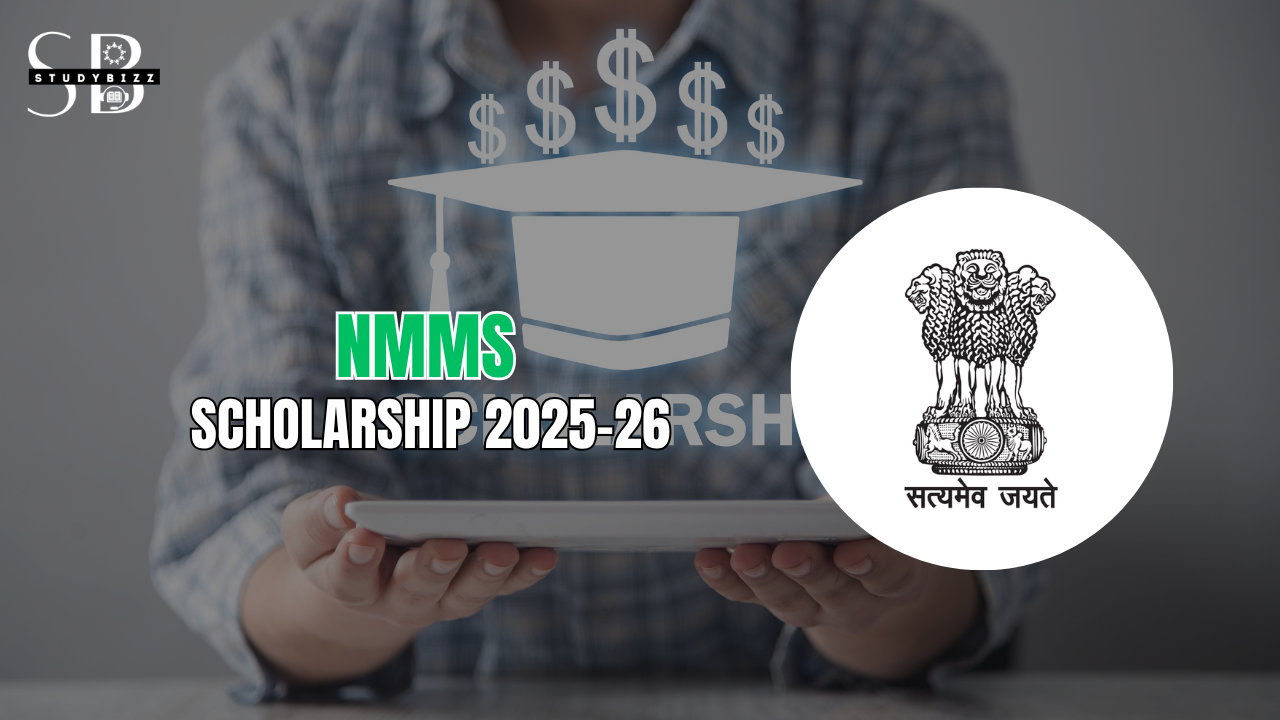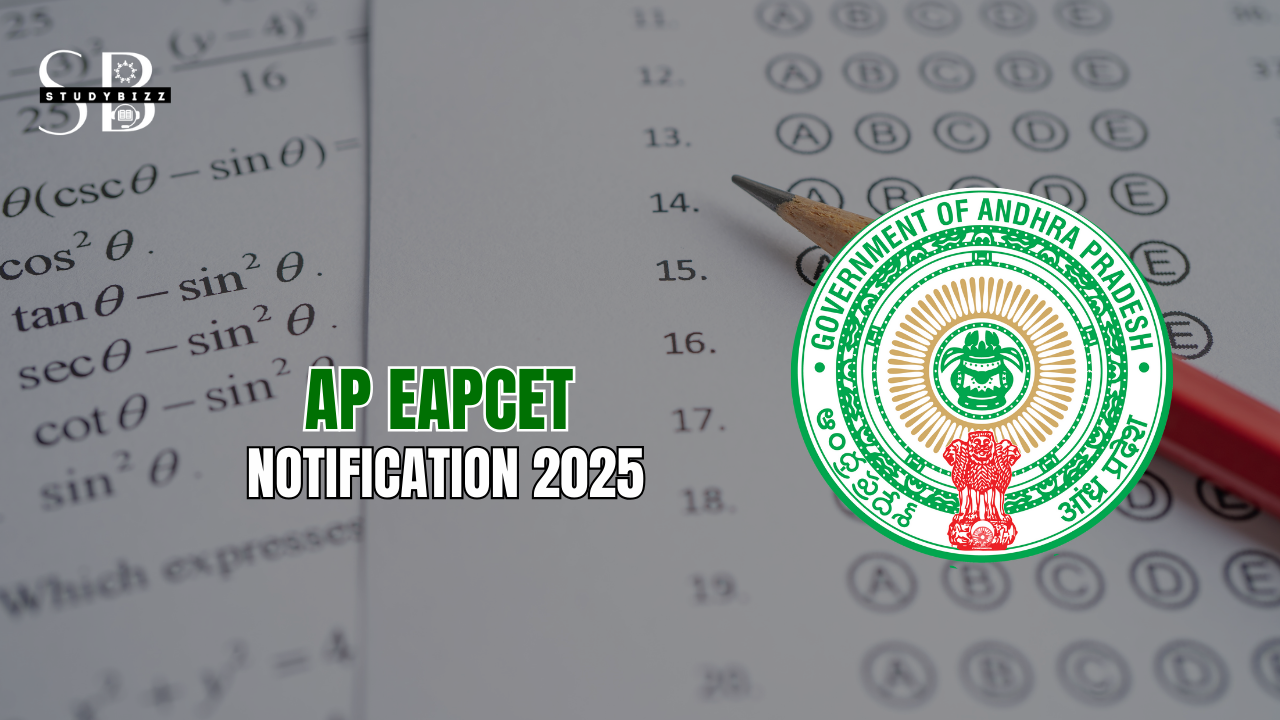About President of India
The president of India (called Rāṣṭrapati) is the head of state of the Republic of India. The president is the nominal head of the executive and also the first citizen of the country. The President of India acts as the supreme commander of the Indian Armed Forces.
The office of the president was created when India became a republic on 26 January 1950 i.e., when Indian constitution came into force. The president is indirectly elected by an electoral college comprising both houses of the Parliament of India and the legislative assemblies of each of India’s states and territories, who themselves are all directly elected by the citizens.
Article 53 of the Constitution of India states that the president can exercise his/her powers directly or by subordinate authority, though all of the executive powers vested in the president are, in practice, exercised by the prime minister heading the Council of Ministers. The president is bound by the constitution to act on the advice of the Council and to enforce the decrees passed by the Supreme Court under article 142.
Now let us learn about the Powers and Functions of the President of India in a detailed manner.
Powers and Functions of President in India
The primary duty of the President of India is to preserve, protect and defend the constitution and the law of India as mentioned part of his/her oath (Article 60 of Indian constitution).
The President is the common head of all independent constitutional entities. All his actions, recommendations (Article 3,
Article 111, Article 274, etc.) and supervisory powers (Article 74(2), Article 78 c, Article 108,
Article 111, etc.) over the executive and legislative entities of India shall be used in accordance to uphold the constitution. Yet there is no bar on the actions of the President to contest in the court of law.
As we read above, all executive powers are constitutionally vested in the president of India, although those are actually exercised and executed by the cabinet.
In India the powers of the Union government are treated as the powers of the President
because these powers are used in his name in pursuance of the constitutional stipulation
under Article 53 which reads: The executive powers of the Union shall be vested in the
President and shall be exercised by him either directly or through the officers subordinate to
him in accordance with this Constitution.
The constitutional powers and functions of the President of India may be classified into below major types.
Executive Functions:
1. Head of the Union: The President is at the head of the Union Executive. Consequently,
all executive powers are exercised in his name. The executive power of the Union to be
exercised by the President is extended to the matters with respect to which Parliament has
power to make laws and to conclude treaty and agreement.
2. Appointments: As head of the executive, the President appoints the Governors of States,
the Judges of the Supreme Court and the High Courts, the Auditor General of India and
many other high officials, such as the members of Finance Commission, Election
commission, Union Public commission etc.
3. Appointment of the Prime Minister and other Ministers: The President also appoints
the Prime Minister and with his advice the other Ministers of the Union Council of Ministers. But here too, as in all other appointments, the President can seldom use his discretion. He is, ordinarily, duty-bound to summon the leader of the political party which secures an absolute majority in the Lok Sabha to become the Prime Minister and form the Ministry.
He does enjoy some discretionary powers in the matter only under exceptional circumstances. When no single political party wins a clear absolute majority and, as a result, no Council of Ministers can be formed without a coalition of parties the President can exercise his discretion judiciously in appointing the Prime Minister. Such situations developed in the past.
India has entered into an age of coalition politics. And it may so happen that no single party will be able to secure an absolute majority, and the President may be required to exercise his discretionary power for some time to come, in appointing the Prime Minister.
4. Can ask to prove Majority in Lok Sabha: Union Council of Ministers normally remains
in office for five years, unless dissolved earlier for any reason. The President must be
satisfied that the Council of Ministers enjoys the confidence of the majority of the Lok
Sabha. In case of any doubt he can ask the Council of Ministers to prove its majority in the
Lok Sabha, as the Prime Ministers Sri H.D. Deve Gowda was asked by the President after
the official withdrawal of support by the Congress Party from Ministry. The President can also dissolve the Union Council of Ministers in accordance with Article 75(2) of the constitution, if he finds that the Ministry does not enjoy the support of the majorities in the Lok Sabha.
5. Supreme Commander: As head of State, the President is the supreme Commander of the
Armed Forces of India and is entitled to declare war or conclude a treaty.
Legislative Powers and Functions:
1. President is a part of Parliament: The Union Legislature or Parliament consists of the
President and two Houses of Parliament. The President is, therefore, an integral part of
Union Legislature. He shall summon from time to time, either separately or jointly, the
Houses of Parliament. The President can prorogue the Houses or either House of Parliament and, if necessary, can dissolve the lower Chamber of Parliament, the Lok Sabha.
For example, the President solved the twelfth Lok Sabha in early 1999 when the confidence
motion in favour of the Vajpayee government was lost in the Lok Sabha.
2. Summons and Addresses Parliament: The President may address either or both House
of Parliament. In such address, at the first session after general election to the Lok Sabha and at beginning of a joint session of Parliament each year, he may place the reasons for summoning it. Apart from addressing Parliament, the President may also, in case of 2 necessities, send messages to either House, or to both Houses [Article 86(2)]. Normally, the President does not send such a message, unless however, he has a serious disagreement with the Council of Ministers.
3. Nomination: The President nominates a number of members in both Houses. The chief
purpose of the nomination is to ensure adequate representation in Parliament of all sections of population which many not always be achieved through elections.
4. Power in respect of Bills: The President has certain functions in respect of passing of a
Bill. A bill passed by both the Houses of Parliament requires his assent in order to become an Act. He may give his assent to a bill or can withhold assent when a bill, after getting approved in both the Houses, is placed before the President. But, if Parliament, acting on President’s refusal to assent to a bill, passes it again with or without amendment, for the
second time and presents it to the President for his approval, the President shall not withhold
his assent there from under Article 111. In other words, it becomes obligatory upon him to
give his assent.
In certain cases, prior sanction of the President is required for initiating any legislation. For
instance, bill for formation of a new State or altering the boundaries of the existing State or
States is to be placed before Parliament with prior approval of the President. Money bill is
another example where obtaining of such approval of the President is a constitutional
necessity.
5. Bill passed by a State Legislature: A bill passed by a State Legislature may also be
reserved for the consideration of the President by the Governor of that State. The President
enjoys this right in relation to a bill passed by a State Legislature only in such cases where
those are referred to him by the Government of a State under Article 200.
Power to Promulgate Ordinances
Except when both Houses of Parliament are in session, the President may promulgate such
Ordinances as the circumstances appear to him to require (Article 123). Such an ordinance
can have the same force and effect of an Act of Parliament. Such an ordinance shall cease to
operate unless passed by both Houses of Parliament within the stipulated period. A.K. Roy vs. Union of India (1982) illustrates the proposition that the satisfaction of the President must be as to the existence of a situation which makes it necessary for the President to promulgate such on Ordinance.
The more controversial and debatable legislative power of the President has always been the Ordinance Making Power. Usually the power to make the laws rests with the
Parliament. However, special power on the President empowering him to promulgate
ordinances when the Parliament is not in session and the circumstances are such which
require immediate action. An ordinance cannot be promulgated when both the houses of parliament are in session.
However it may be passed when only one house is in session the reason being that a law cannot be passed by only one house and thus it cannot meet a situation calling for immediate legislation. This power granted to the President in the Indian Constitution is unique and no such power has been conferred upon the executive in Britain or the USA.
In justification of the inception of the Ordinance Making power in the Constitution Dr Ambedkar said that there might be a situation of emergency when the Houses of the
parliament are not in session. It is important that this situation should be dealt with and it
seems to me that the only solution is to confer upon the President the power to promulgate the law which will enable the executive to deal with that particular situation because it cannot resort to the ordinary process of law because the legislature is not in session.
Financial Powers and Functions
The President of India also exercises financial powers. No money bill can be introduced in
Parliament without the recommendations of the President. According to the Constitution of
India, the Annual Financial Statement is placed by the President before both the Houses of
Parliament. This statement shows the estimates of revenue and expenditure of the central Government for the next year. It may be pointed out that the proposal for taxation and expenditure cannot be made without the approval of the President. . No proposal for spending money or raising revenues for purposes of government can be introduced in Parliament without previous permission of the President.
Emergency Powers of the President
1. The constitution of India empowers the President to proclaim three kinds of Emergencies: National Emergency (Art. 352);
2. Emergency for failure of Constitutional Machinery in a State (Art. 356);
3. Financial Emergency (Art. 360)
1 National Emergency
The President of India may issue a Proclamation of National Emergency when the security of India or any part thereof is threatened by war, armed rebellion or external aggression. Such a Proclamation of Emergency may remain in force for an indefinite period. During a Proclamation
of National Emergency, the executive power of the States is to be exercised in accordance with
the directions given by the Central Government. Parliament has the power to make laws on the subjects enumerated in the State List. The right to freedom of speech and expression, freedom to form association, freedom to practice and profession, etc., embodied in Article 19 shall remain
suspended.
2. Failure of State Constitutional Machinery
In Case of failure of Constitutional machinery in a State, the President of India is authorized to make a Proclamation to that effect. The maximum duration of this type of emergency is three years. During such an emergency, the President may assume to himself the executive powers of the State. The powers of the legislatures of the State are to be exercised by the Union Parliament.
3. Financial Emergency
The President may also issue a Proclamation of Financial if he is satisfied that the financial
stability of India is threatened. This type of emergency may continue to remain in force for an indefinite period. The Central Government may give directions to the States for canons of financial propriety. All money-bills passed by the State Legislatures are to be reserved for the consideration of the President.
The President of India grants, pardons, reprieves or remissions of punishment to any person who has been convicted by a Court of Law.
Diplomatic powers
All international treaties and agreements are negotiated and concluded on behalf of the
President. However, in practice, such negotiations are usually carried out by the Prime Minister along with his Cabinet (especially the Foreign). Also, such treaties are subject to the approval of the Parliament.
The President represents India in international forums and affairs where such a function is chiefly ceremonial. The President may also send and receive diplomats, i.e. the officers from the Indian Foreign Service. The President is the first citizen of the country.
Military powers
The President is the Supreme Commander of the Indian Armed Forces. The President can
declare war or conclude peace,[20] on the advice of the Union Council of Ministers headed by the Prime Minister. All important treaties and contracts are made in the President’s name. He/She also appoints the chiefs of the service branches of the armed forces.
Pardoning Powers / Judicial Powers
The President of India grants, pardons, reprieves or remissions of punishment to any person who has been convicted by a Court of Law. As mentioned in Article 72 of the Indian Constitution, the President is empowered with the powers to grant pardons in the following situations:
1. Punishment is for an offence against Union Law
2. Punishment is by a Military Court
Sentence is that of death
The decisions involving pardoning and other rights by the President are independent of the
opinion of the Prime Minister or the Lok Sabha majority. In most cases, however, the President
exercises his executive powers on the advice of the Prime Minister and the cabinet.





Leave a Reply